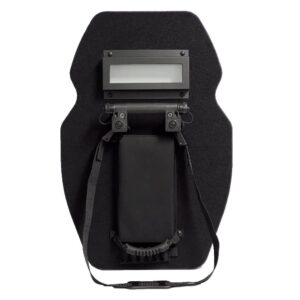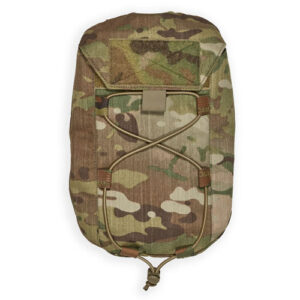Essential Tips for Tactical Gear Maintenance And Care

Keeping your tactical gear clean is about maintenance and ensuring it can be performed when needed. You know a daily inspection and regular cleaning are important, but are you properly disassembling and thoroughly cleansing your gear after extreme conditions? Are you providing adequate storage plus climate-specific care? These factors will greatly impact your gear’s durability and readiness. What are the best techniques to care for and maintain your tactical gear?
Kinds Of Tactical Gear
So many items fall under the heads of tactical gear, each with specific needs. Knowing what each component entails and how to maintain it properly will get you off to a good start. Tactical gear doesn’t discriminate against age, size, or fitness level but can certainly discriminate when poorly maintained. Some common tactical gear includes:
- Body Armor
- Duty Belts
- Tactical Vests
- Footwear
- Gloves
- Protective Eyewear
- Tactical Backpacksbuy
All these items have specific care requirements. For example, checking for abrasions on tactical backpacks, ensuring the proper functioning of zippers and straps by tactical backpacks, or hanging duty belts and vests to avoid creasing and damage. Keep all your gear in a cool, dry place without direct sunlight for material integrity and fading.
Maintenance And Care Tips For Tactical Gear
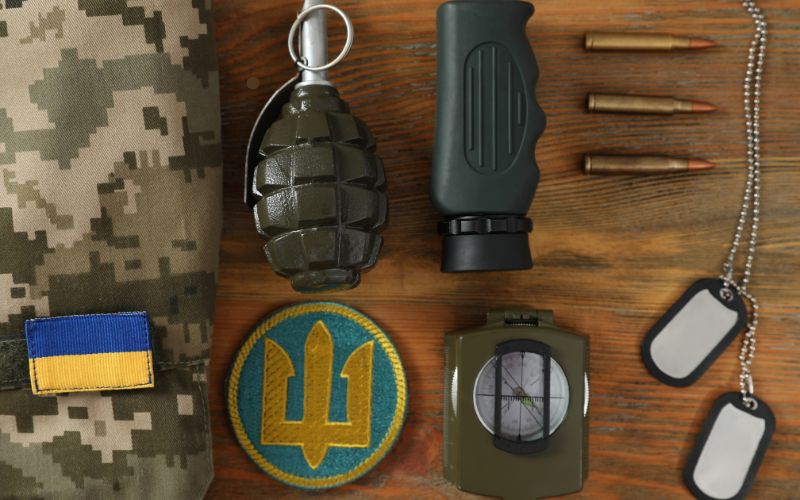
Maintaining your tactical gear will ensure longevity and optimum performance. The hostile use to which it will be submitted ensures you keep it in good order for longevity and optimal performance. Whether military, law enforcement, or outdoor activities, consistent care will ensure your equipment stays reliable when you need it to perform at its best. Below are comprehensive tips on maintaining your gear, helping you get the most out of your investment, and ensuring it stays in peak condition for much longer.
1. Stain Removal and Debris cleaning
Uniforms, vests, bags, or boots of the tactical kit will make contact with dirt, grime, and sweat. Dirt and stains should be removed at the end of each use before further degradation. If not treated, sweat and environmental effects may degrade the material fabric or rust parts of metal components. Clothing is another example and should be washed according to the manufacturer’s instructions, usually in cold water with mild detergent, to avoid damage to the fibers or weakening of the protective layers.
Gear that includes tactical bags and pouches should be cleaned with mild soap and water and dried out thoroughly. Left wet, they become susceptible to mold or mildew infestation over time, which breaks down fabrics. Firearms, knives, and tools are exposed mostly to dirt and, therefore, get dirty after use; hence, they must be cleaned to continue functioning and prevent rusting. Special cleaners are sometimes necessary because the items are made of different materials, such as gun oil for guns.
2. Wearing and tearing inspection
Inspection is crucial in identifying early signs of wear and tear before they become major problems. Most strain areas are seams, zippers, straps, buckles, or Velcro that usually weaken due to heavy use. Any loose stitching, frayed edges, or cracked components must be handled immediately. For instance, repairing a frayed strap sooner rather than later is easier and less costly than waiting to break off completely.
Fastenings like zippers and buckles should also be treated with more caution. A zipper, for instance, might fail if dirt and debris start collecting in its teeth; therefore, it should be cleaned and oiled from time to time. Elastic bands or Velcro strips can also degrade; if it is probable they will soon deteriorate, they must be replaced immediately to ensure their work is done. Pads – These are the sort used in helmets or knee pads. Compressed or damaged pads will not protect you, so look for that too.
3. Proper Storage
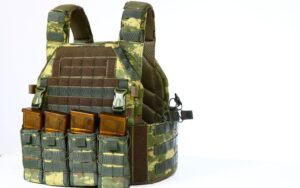
The environment where you store your tactical gear greatly affects its longevity. Storing gear in places exposed to too much sunlight or moisture can cause irreversible damage. UV rays weaken the fabric fibers, causing them to wear faster and fade faster, and moisture invites mold, rust, and mildew.
Store your equipment in a cool, dry location in a well-ventilated area. When you have items such as tactical vests or jackets, hang them instead of folding them, as folding causes creases that weaken the material over time. Maintain tactical bags or boots standing upright to keep their shape. Any undue pressure on the internal structure of the shoes may be uncomfortable.
4. Material-Specific Maintenance
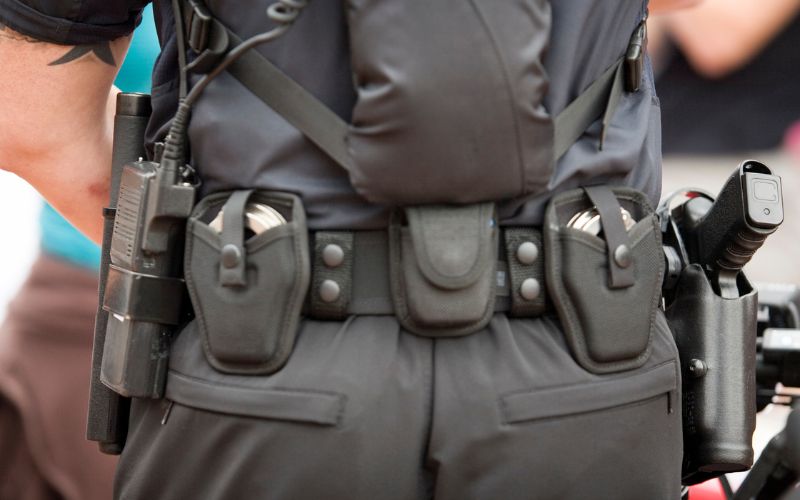
Different care approaches must be taken to maximize the life of each material used in tactical gear. For instance, nylon and polyester, the most common materials used for tactical vests and bags, are relatively low maintenance but should still be washed with mild soap and water to avoid harsh chemicals that can degrade the fibers.
Leather is more high maintenance. Leather tactical boots, tactical belts, or gloves must be cleaned using leather cleaners and conditioners. Regularly conditioning leather prevents it from drying out or cracking, and the material remains soft and flexible. Leather must also be waterproofed occasionally, depending on where they are used. Using the right product for each material will ensure your gear performs as best as possible and withstand conditions that would otherwise limit functionality.
5. Lubrication of Moving Parts
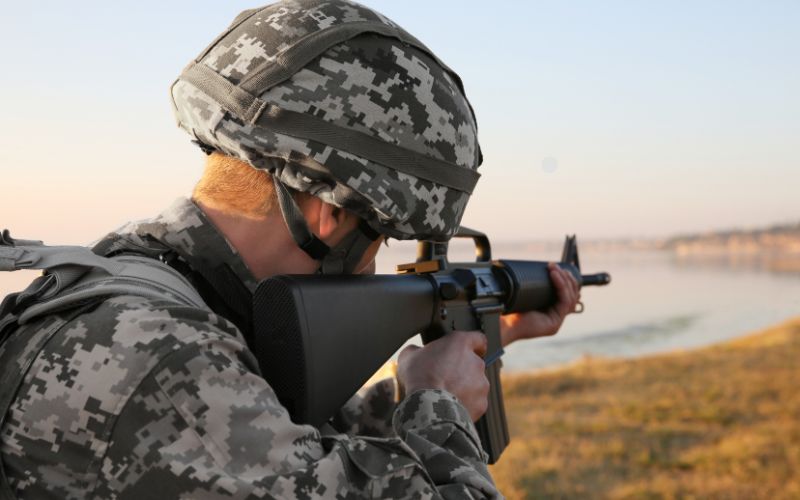
Numerous tactical kit elements have moving parts, such as knives, multi-tools, and rifles. These parts must be correctly lubricated to work smoothly without damage due to friction. Knives should be lubricated in the hinge or pivot area to prevent dirt and dust buildup. Multi-tools have intricate mechanism parts, and lubrication may be needed periodically for silky smooth use.
Firearms, in particular, must be maintained carefully because improper cleaning and lubrication can lead to failure. Proper cleaning after use and lubricating all moving parts ensure the firearm functions correctly when needed. The oils and solvents must be suitable for weapons to ensure optimal functionality.
6. Prompt Repairs
Timely repairs prevent minor problems from becoming major issues that compromise the effectiveness of your gear. Sometimes, simple maintenance can be done independently, like stitching up a small tear or replacing a loose strap. However, for more complex issues like a busted zipper or serious rips, it’s highly recommended that you seek professional repair services.
Understanding how to keep gear functioning is also important. A basic repair kit, including needle and thread, duct tape, and replacement straps or buckles, can be kept on hand to address minor problems in the field quickly. Preventative maintenance like this significantly extends the life of your gear.
7. Rotating Gear
If you run tactical gear daily, it only makes sense to cycle through several sets not to let too much wear and tear pile up on one set. For example, swapping one pair of boots with another gives each pair a chance to rest and recover between uses, thus preventing high-stress areas from getting too beat up. The same goes for other gear – whether it is clothing or a tactical vest – because different pieces of this gear tend to be used repeatedly in tough conditions.
A rotating gear helps distribute wear and allows you to inspect one set while using the other. This assures you that your equipment is always in top condition and ready for use.
Conclusion
You can use these care and maintenance tips to ensure your tactical gear is always ready for action. Examine your equipment daily, clean it from time to time, and preserve it in the storage and facilities so that damage and loss of years of usable are avoided. Clothing and footwear take special care, and you must adjust to the seasons. Remember to patch and repair losses the moment they occur. Then, your gear becomes dependable, preserving performance and durability.
Frequently Asked Questions
How to Clean Tactical Gear?
Cleaning of tactical gear requires proper cleaning techniques. A soft brush removes grime, after which appropriate manufacturing guidelines on chemical-cleaning products are followed. Standard gear inspection and adequate storage lead to the protection of the gear, its longevity, and proper maintenance tips for drying the products.
What Is Tactical Maintenance?
You will ensure tactical maintenance by setting up a schedule, conducting regular inspections, and using cleaning solutions. To maximize gears ‘ longevity and performance, you will also maintain the right storage, gear repair, lubrication, rust prevention, UV protection, and waterproofing techniques.
How Do I Wash My Tactical Backpack?
Soft cleaning methods make it easy to care for your backpack. Try using minimal soap and rinse for stain removal, emphasizing thorough drying. Waterproofing prevents wear over time. Proper storage solutions can also handle odor control and fabric care.

